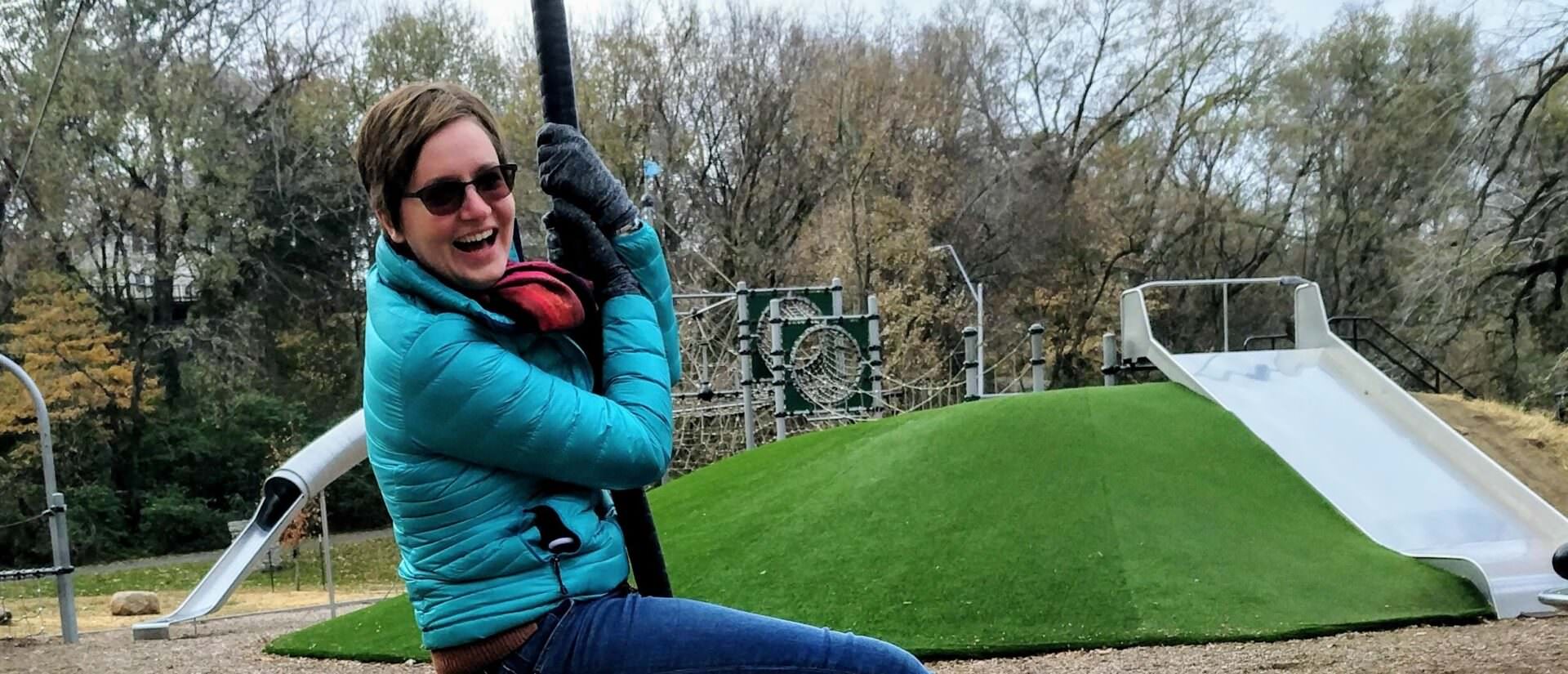Inside Inscripta: Jamie Schwendinger-Schreck, Applications Development
As we continue to add to the Onyx® platform’s capabilities, we have countless research projects underway here at Inscripta. It takes a very special skill set to keep all of those projects on track and carefully coordinated to avoid bottlenecks and other challenges. For that, we count on Jamie Schwendinger-Schreck, Scientific Project Manager. She has a bachelor’s degree in Biochemistry and Molecular Biology from Bethel University and a PhD in Molecular, Cellular, and Developmental Biology from Yale University.
What’s your role at Inscripta?
When I initially joined, I worked with the applications team to help keep track of all the moving pieces of their internal projects and external collaborations. My job was to plan and coordinate to get the most out of those projects. Since then, I’ve started playing a similar role but in other parts of the company. I work as part of the leadership team for our microbial platform, managing activities and product development cycles as well as organizational planning for features not yet in development.
What brought you to Inscripta?
I really love the act of coordinating with people and understanding the ways that different personalities and areas of expertise impact how projects work, so I had been looking for a role that would let me do project management. I also wanted to be at a company that was doing game-changing science and Inscripta is a great place for that. The technology is cutting-edge and we are still exploring all the possible applications. Since I had already worked with some of the people here, I knew coming into it that I could trust the environment and community.
How did you get into the genome editing field?
During my PhD I created zebrafish mutants and did genome editing. I had one project with zinc finger nucleases, and we were just getting started with CRISPR. At the time it was a very laborious process.
If you could use genome engineering to address any challenge, what would you choose?
I really want to see genome engineering used for sustainability — things like figuring out how we can create enough food, or how to create and degrade all of the plastics we need to keep our society going without ruining the remaining resources that we have on Earth. I think that’s where genome engineering could be most powerful: understanding how we can really reduce or erase the footprint that we make here.
What’s the best career advice you have to share?
It’s really important to find a place where you can respect the people that you work with. That’s when you are comfortable acting with autonomy because you know you can trust their reactions and their decisions. It also makes it more rewarding to go to work.
What did you do as a kid that you wish you could do more as an adult?
I did a lot of reading books while sitting in trees! I miss that. I still read quite a bit, but I always wish there were time for more.
What’s your favorite vacation?
Traveling to new cities and drinking their coffee. I always order a cappuccino, unless I’m in India and then I get masala chai.

